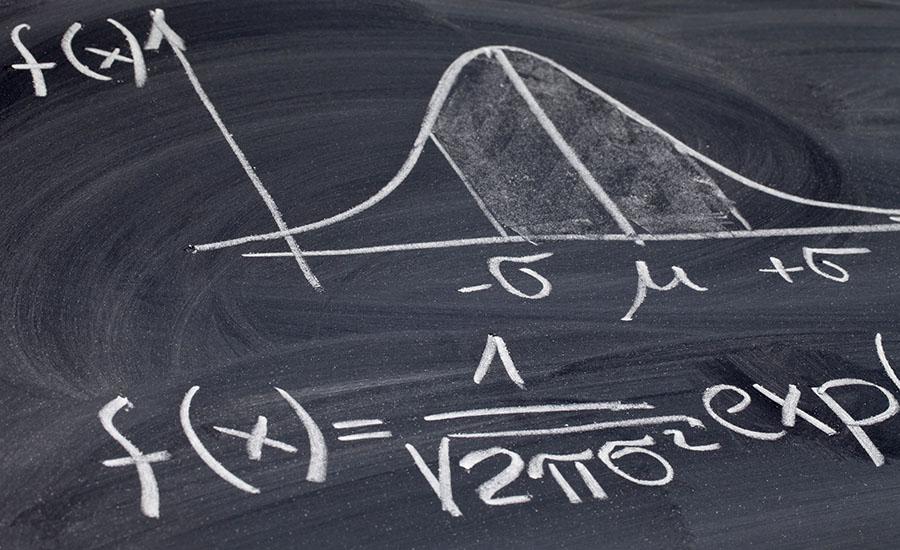
An Inquiry Approach to Circular Motion
This lesson uses a Modeling Instruction approach to developing the graphical and mathematical relationships for Circular Motion for students in Grades 9-12. Students design an experiment, collect data using an online simulation, plot their results, and derive the relationship between net force, mass, velocity, and radius. Materials used include a Centripetal Force Apparatus, The Physics Aviary’s Classic Circular Force Lab simulation, Vernier's Graphical Analysis app, and Readings (links provided in the slide deck).
Lesson Plan Link/URL
https://docs.google.com/presentation/d/1L-1VLlReCVKbsElyk2f6DYCv_IdMZV_4/edit?u…Subject Area
Science Physical Science P3: Net Force Earth and Space Science E2: Earth & the Universe Technology 5. Computational Thinker Mathematics Measurement and Data (MD) Expressions and Equations (EE) Algebra (A) English Language Arts (ELA) Reading (Informational Text)Related Content


In this lesson, students use the Kepler’s Laws PhET Simulation to collect data on the period and average radius of the planetary orbits. They graph and analyze that data to derive Kepler’s 3rd Law.

This hands-on lesson uses a Modeling Instruction approach to experimental design and analysis leading students to develop the graphical and mathematical relationships for accelerated motion, or